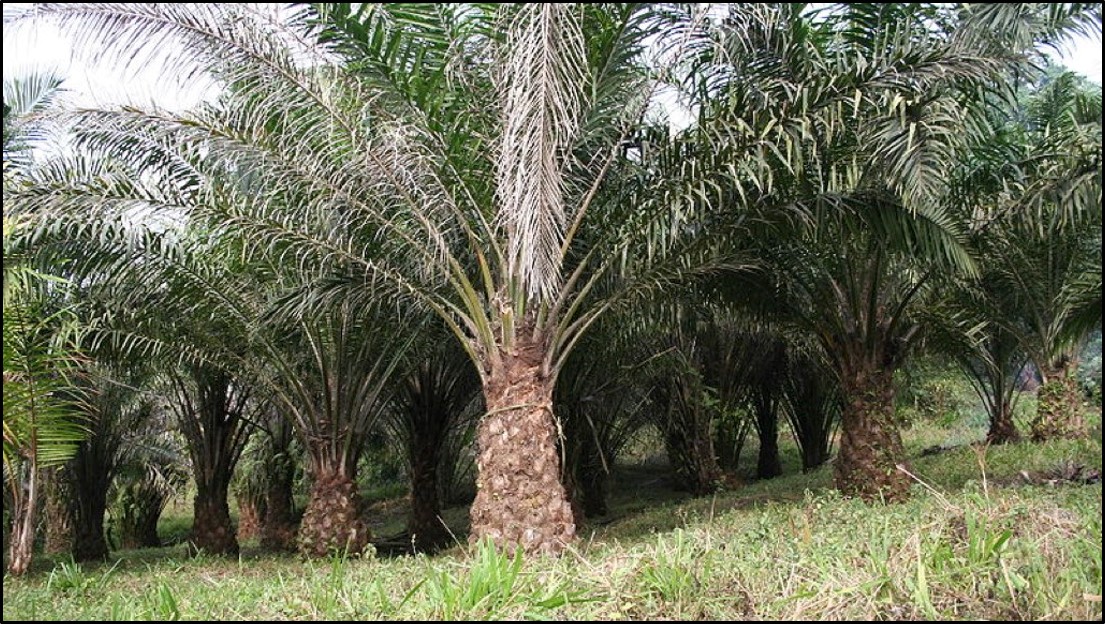Phosphorus is an essential macronutrient for plants, and it plays a vital role in several physiological processes, including energy transfer, photosynthesis, cell division, and respiration. In oil palm plantations, phosphorus is crucial for the growth and development of oil palm trees at all stages of their life cycle. During the early growth stages, oil palm seedlings require high levels of phosphorus for proper development. Phosphorus deficiency at this stage can lead to poor root development and stunted growth, which can affect the long-term productivity of the plantation. Therefore, providing an adequate supply of phosphorus through fertilization is critical during the establishment of an oil palm plantation.
Phosphorus is also essential for the reproductive development of oil palm trees. Oil palm flowers require a significant amount of energy to develop into fruits, and this energy is derived from the reserves of phosphorus in the tree. Phosphorus deficiency during the reproductive phase can result in poor fruit sets, smaller fruits, and reduced oil content, leading to lower yields and profitability for planters. In addition to its direct impact on oil palm growth and development, phosphorus also plays a crucial role in soil fertility. Soil phosphorus levels can decline over time due to the uptake of phosphorus by crops, erosion, leaching, and other factors. Therefore, it is essential to replenish soil phosphorus levels through fertilization or other management practices, such as crop rotation or the use of cover crops.
Importance of phosphorus for oil palm:
- Essential nutrient for plant growth: Phosphorus is one of the essential macronutrients plants require for their growth and development, and oil palm is no exception. It is essential for root development, cell division, and energy transfer within the plant.
- Improves yield and quality: Adequate phosphorus supply promotes higher oil yields and improved fruit quality in oil palm. It enhances photosynthesis, which results in increased carbohydrate production and better overall plant growth.
- Enhances reproductive development: Phosphorus is essential for the reproductive development of oil palm, and it is particularly important for the development of flowers and fruits. Adequate phosphorus supply can improve fruit sets, increase fruit size, and enhance oil content.
- Soil fertility: Phosphorus is essential for maintaining soil fertility in oil palm plantations. It helps to maintain the chemical and physical properties of the soil, improving the soil structure and enhancing nutrient uptake.

The dull and pale olive-green older leaves
Deficiency of phosphorus for oil palm:
- Stunted growth: Phosphorus deficiency can lead to stunted growth and reduced biomass production in oil palm seedlings. This can result in poor establishment and reduced yield in the long run.
- Poor root development: Phosphorus deficiency can also lead to poor root development, which can affect the ability of the plant to take up other essential nutrients from the soil.
- Reduced yield: Phosphorus deficiency can lead to reduced oil yield and lower quality of fruits in oil palm. This can result in reduced profitability for farmers.
- Leaf discolouration: One of the most common symptoms of phosphorus deficiency in oil palm is leaf discolouration, which starts with the older leaves turning dark green, then yellow, and eventually brown. The leaves may also become brittle and fall off prematurely.
However, it is important to note that excessive use of phosphorus fertilizers can have negative environmental consequences, such as eutrophication of water bodies and soil acidification. Therefore, farmers must apply phosphorus fertilizers judiciously and adopt sustainable management practices to ensure the long-term productivity and environmental sustainability of oil palm plantations. In conclusion, phosphorus is a critical nutrient for oil palm growth and development, and its deficiency can lead to a range of problems that can affect the productivity and profitability of oil palm plantations. Planters must pay close attention to soil phosphorus levels and adopt appropriate management practices to ensure the availability of phosphorus in oil palm plantations.

